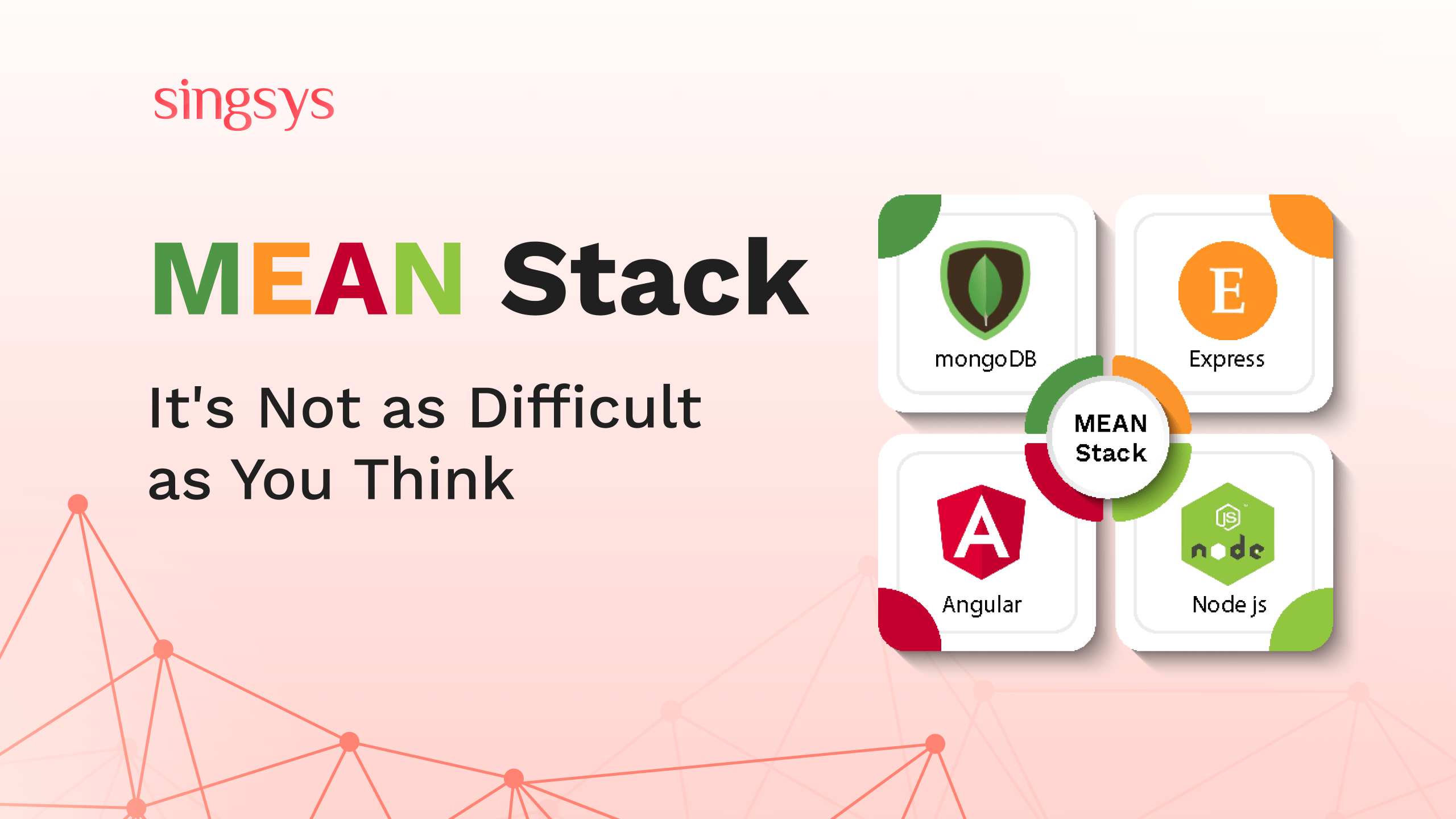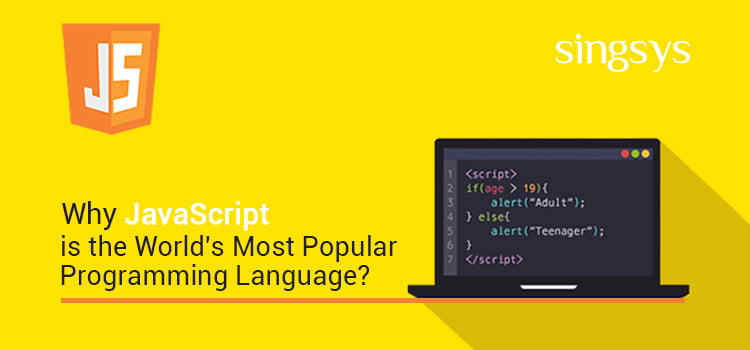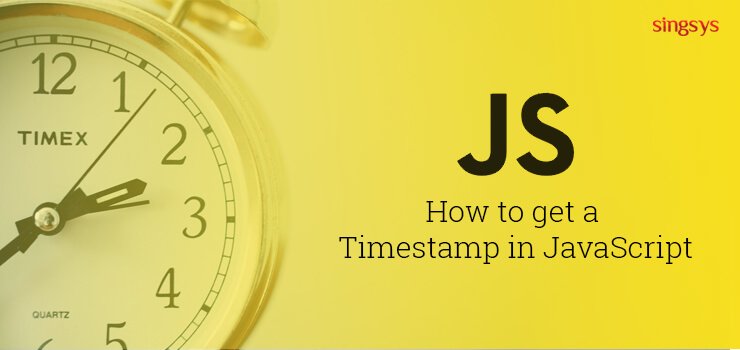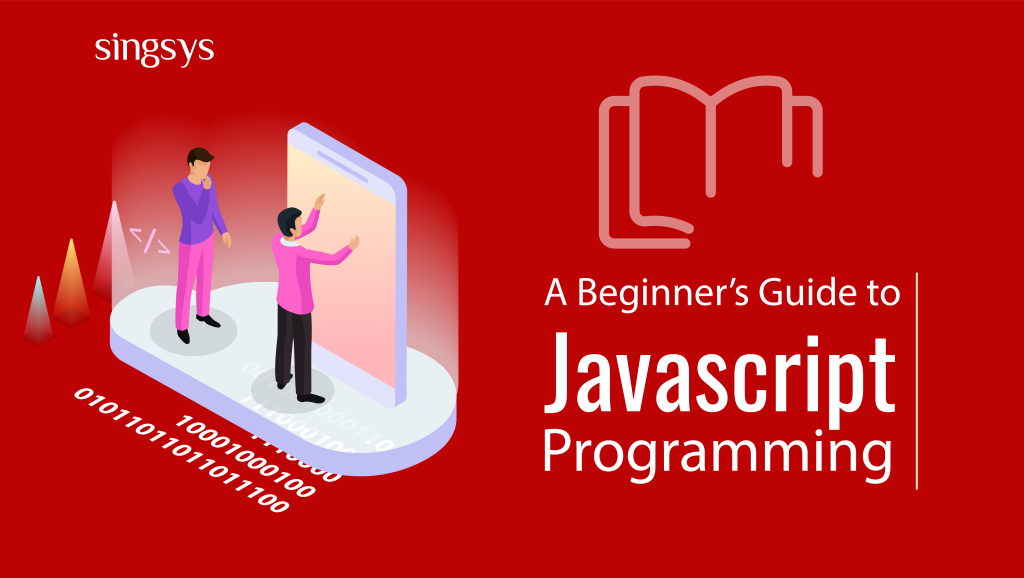JavaScript is a powerful programming language used extensively for website development. It enables developers to create interactive and dynamic websites, providing a better user experience to visitors. If you’re interested in learning JavaScript development, this beginner’s guide is for you.
In this blog, we will discuss the essential features of JavaScript, its uses, and the basics of JavaScript programming. We will also provide tips and resources to help you get started with JavaScript programming from scratch. With the right guidance and approach,
you can unlock the potential of JavaScript to develop high-quality, dynamic websites that engage and delight your users. So, let’s dive in and explore the world of JavaScript development.
(more…)

People think the MEAN stack (MongoDB, Express.js, AngularJS, and Node.js) is a good idea because it allows for full-stack JavaScript development, meaning that the same language can be used on the front-end and back-end of a web application. This can make development faster and more efficient because developers only need to know one language, and it can also make it easier to transfer data between the front-end and back end. Additionally, the technologies used in the MEAN stack are open-source and actively maintained, which means that they are widely supported and have a large community of developers contributing to them.
(more…)

As far as web development is concerned, JavaScript frameworks have been most sought after platforms. With every passing day, JavaScript is now gaining more than before acceptance rate among developers. Today it is not only efficient for developing frontend of the application but is equally capable of backend development.
(more…)

Contrary to the current belief that JavaScript is highly useful for front-end web developers, it has found new areas in back-end development also.
Any application that can be written in JavaScript, will eventually be written in JavaScript.” — Jeff Atwood
(more…)

Method getTime() returns the total number of milliseconds between midnight of January 1, 1970 and the date specified by you. The often requirement to calculate with unix timestamp.
(more…)




